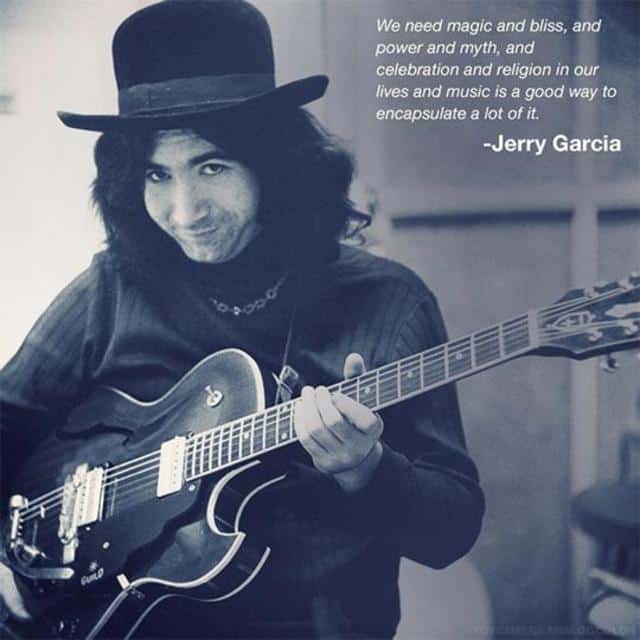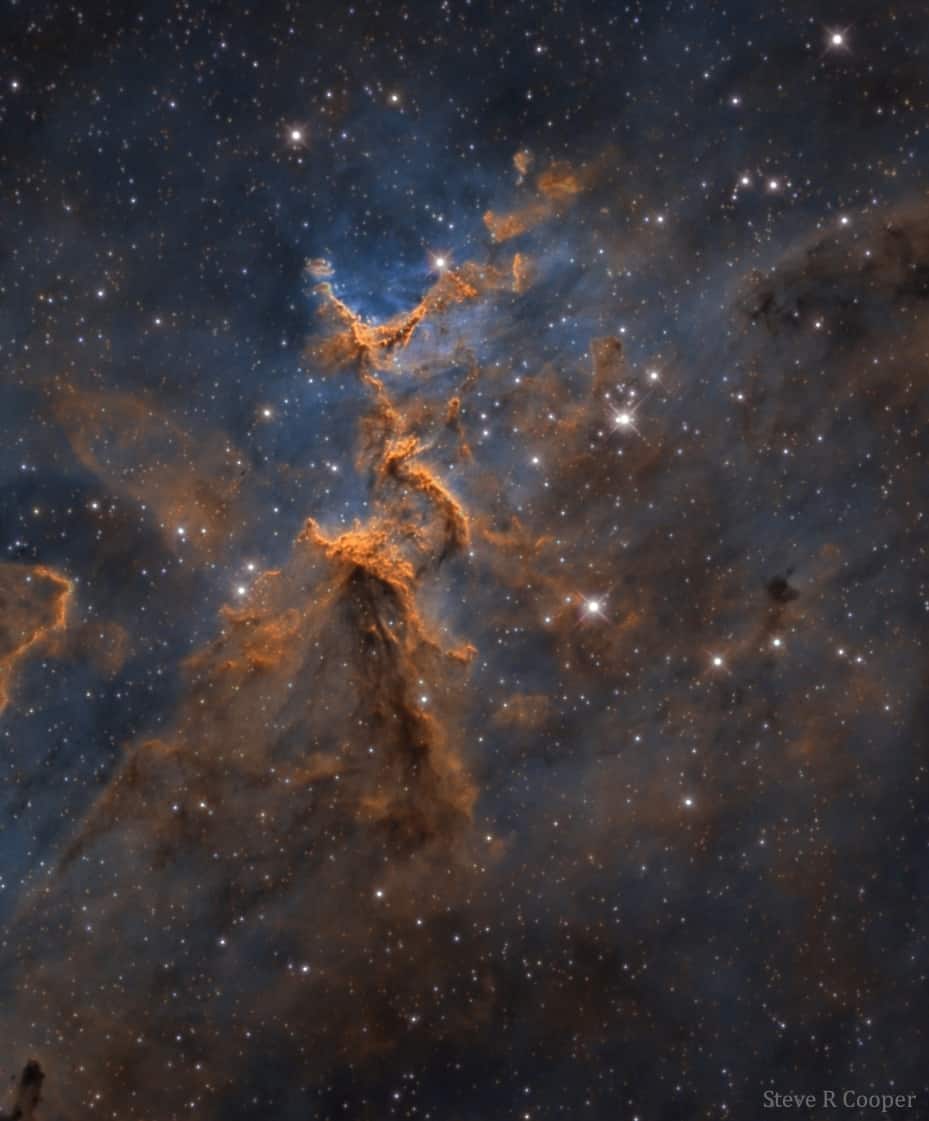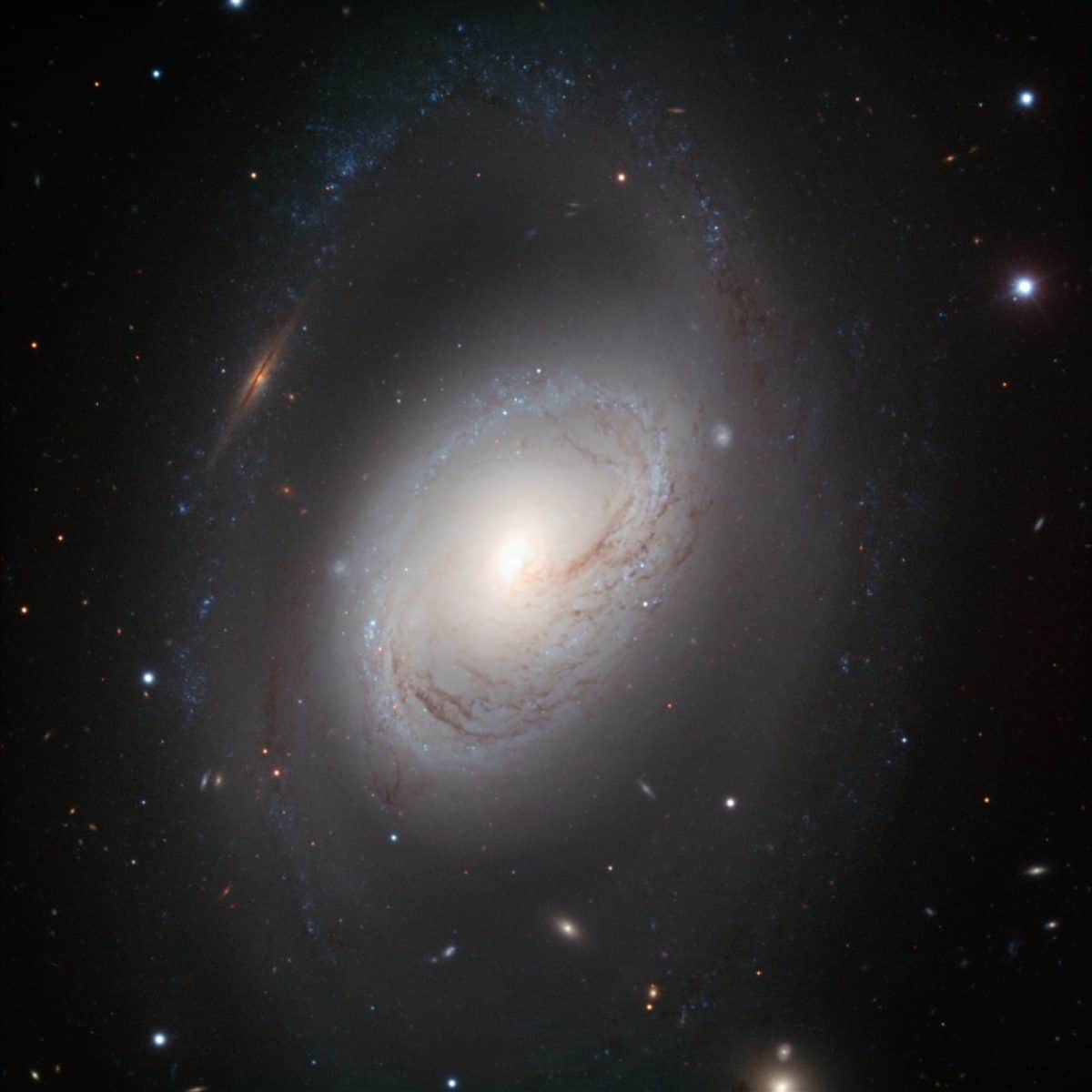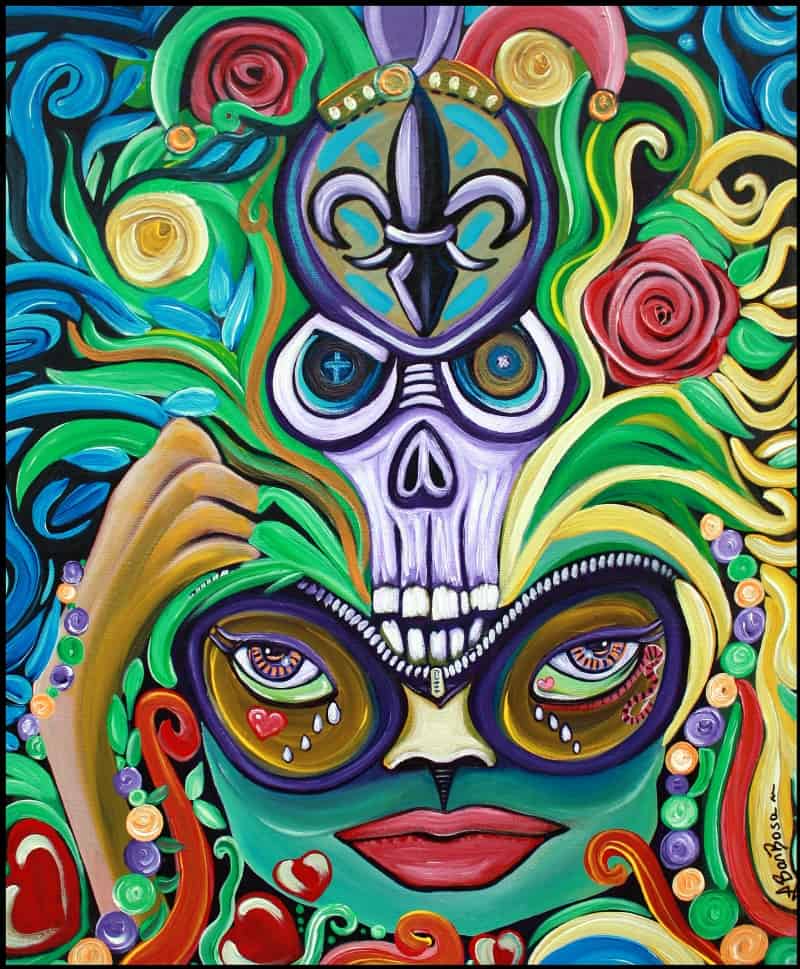Blog
Bright stars and colorful nebulas glow in one of the galactic arms of Messier 66, an intermediate spiral galaxy located 36 million light-years away in the constellation Leo. Also known as NGC 3627, this galaxy’s structure is somewhere between a barred and unbarred spiral galaxy. Citizen scientist Kevin Gill processed this image using data from the Hubble Space Telescope.
more...Robert William Cray (born August 1, 1953) is an American blues guitarist and singer. He has led his own band and won five Grammy Awards.
One music journalist noted “If you define ‘blues’ by the rigid categories of structure rather than the flexible language of feeling allusion, Robert Cray… Larry Garner, Joe Louis Walker and James Armstrong are a new and uncategorizable breed, their music blues-like rather than blues, each of them blending ideas and devices from a variety of sources – soul, rock, jazz, gospel – with a sophistication beyond the reach of their forerunners”.
Robert Cray was born on August 1, 1953, in Columbus, Georgia, while his father was stationed at Fort Benning. Cray’s musical beginnings go back to when he was a student at Denbigh High School in Newport News, Virginia. While there, he played in his first band, The One-Way Street. His family eventually settled in the Tacoma, Washington, area. There, he attended Lakes High School in Lakewood, Washington.
more...Jerome John Garcia (August 1, 1942 – August 9, 1995) was an American singer-songwriter and guitarist, best known for his work as the lead guitarist and as a vocalist with the band Grateful Dead, which came to prominence during the counterculture era in the 1960s. Although he disavowed the role, Garcia was viewed by many as the leader or “spokesman” of the group.
One of its founders, Garcia performed with the Grateful Dead for their entire thirty-year career (1965–1995). Garcia also founded and participated in a variety of side projects, including the Saunders–Garcia Band (with longtime friend Merl Saunders), the Jerry Garcia Band, Old and in the Way, the Garcia/Grisman acoustic duo, Legion of Mary, and the New Riders of the Purple Sage (which Garcia co-founded with John Dawson and David Nelson). He also released several solo albums, and contributed to a number of albums by other artists over the years as a session musician. He was well known for his distinctive guitar playing and was ranked 13th in Rolling Stone‘s “100 Greatest Guitarists of All Time” cover story.
Later in life, Garcia was sometimes ill because of his diabetes, and in 1986, he went into a diabetic coma that nearly cost him his life. Although his overall health improved somewhat after that, he continued to struggle with obesity, smoking, and longstanding heroin and cocaine addictions. He was staying in a California drug rehabilitation facility when he died of a heart attack in August 1995 at the age of 53.
Jerry Garcia’s ancestors on his father’s side were from Galicia in northwest Spain. His mother’s ancestors were Irish and Swedish. He was born in the Excelsior District of San Francisco, California, on August 1, 1942, to Jose Ramon “Joe” Garcia and Ruth Marie “Bobbie” (née Clifford) Garcia, who was herself born in San Francisco.
more...Cosmic clouds form fantastic shapes in the central regions of emission nebula IC 1805. The clouds are sculpted by stellar winds and radiation from massive hot stars in the nebula’s newborn star cluster,Melotte 15. About 1.5 million years young, the cluster stars are scattered in this colorful skyscape, along with dark dust clouds in silhouette against glowing atomic gas. A composite of narrowband and broadband telescopic images, the view spans about 15 light-years and includes emission from ionized hydrogen, sulfur, and oxygen atoms mapped to green, red, and blue hues in the popular Hubble Palette. Wider field images reveal that IC 1805’s simpler, overall outline suggests its popular name – The Heart Nebula. IC 1805 is located about 7,500 light years away toward the boastful constellation Cassiopeia.
more...Stanley Jordan (born July 31, 1959) is an American jazz guitarist whose technique involves tapping his fingers on the fretboard of the guitar with both hands.
Jordan was born in Chicago, Illinois. When he was six, he started on piano, then at eleven switched to guitar. He later began playing in rock and soul bands. In 1976, he won an award at the Reno Jazz Festival. At Princeton University, he studied music theory and composition with Milton Babbitt and computer music with Paul Lansky.[2][3] While at Princeton he played with Benny Carter and Dizzy Gillespie.
In 1985, Bruce Lundvall became president of Blue Note Records and Stanley Jordan was the first person he signed. Blue Note released his album Magic Touch, which sat at No.1 on Billboard ‘s jazz chart for 51 weeks, setting a record.
more...Kenneth Earl Burrell (born July 31, 1931) is an American jazz guitarist known for his work on the Blue Note label. His collaborations with Jimmy Smith produced the 1965 Billboard Top Twenty hit album Organ Grinder Swing. He has cited jazz guitarists Charlie Christian and Django Reinhardtas influences, along with blues guitarists T-Bone Walker and Muddy Waters.
Burrell is a professor and Director of Jazz Studies at the UCLA Herb Alpert School of Music.
Burrell was born in Detroit, Michigan. Both his parents played instruments, and he began playing guitar at the age of 12. He went on to study composition and theory with Louis Cabara and classical guitar with Joe Fava. While a student at Wayne State University, he made his recording debut as a member of Dizzy Gillespie‘s sextet in 1951, followed by the “Rose of Tangier/Ground Round” single recorded under his own name at Fortune Records in Detroit. While in college, Burrell founded the New World Music Society collective with fellow Detroit musicians Pepper Adams, Donald Byrd, Elvin Jones, and Yusef Lateef.
more...Henry “Hank” Jones Jr. (July 31, 1918 – May 16, 2010) was an American jazz pianist, bandleader, arranger, and composer. Critics and musicians described Jones as eloquent, lyrical, and impeccable. In 1989, The National Endowment for the Arts honored him with the NEA Jazz MastersAward. He was also honored in 2003 with the American Society of Composers, Authors, and Publishers (ASCAP) Jazz Living Legend Award. In 2008, he was awarded the National Medal of Arts. On April 13, 2009, the University of Hartford presented Jones with a Doctorate Degree for his musical accomplishments.
Jones recorded more than 60 albums under his own name, and countless others as a sideman, including Cannonball Adderley‘s celebrated album Somethin’ Else. On May 19, 1962, he played piano as actress Marilyn Monroe sang her famous “Happy Birthday, Mr. President” song to then U.S. president John F. Kennedy.
Born in Vicksburg, Mississippi, Henry “Hank” Jones moved to Pontiac, Michigan, where his father, Henry Jones Sr. a Baptist deacon and lumber inspector, bought a three-story brick home.
more...John Dowland (1563 – buried 20 February 1626) was an English Renaissance composer, lutenist, and singer. He is best known today for his melancholy songs such as “Come, heavy sleep” (the basis of Benjamin Britten‘s 1963 composition for guitar solo, Nocturnal after John Dowland), “Come again“, “Flow my tears“, “I saw my Lady weepe” and “In darkness let me dwell“, but his instrumental music has undergone a major revival, and with the 20th century’s early music revival, has been a continuing source of repertoire for lutenists and classical guitarists.
https://www.youtube.com/watch?v=PvvumBKywDM
more...Messier 96, also known as NGC 3368, is a case in point: its core is displaced from the centre, its gas and dust are distributed asymmetrically and its spiral arms are ill-defined. But this portrait, taken with the FORS1 instrument on ESO’s Very Large Telescope, shows that imperfection is beauty in Messier 96. The galaxy’s core is compact but glowing, and the dark dust lanes around it move in a delicate swirl towards the nucleus. And the spiral arms, patchy rings of young blue stars, are like necklaces of blue pearls.
Messier 96 lies in the constellation of Leo (The Lion). It is the largest galaxy in the Leo I group of galaxies; including its outermost spiral arms, it spans some 100 000 light-years in diameter — about the size of our Milky Way. Its graceful imperfections likely result from the gravitational pull of other members in the group, or are perhaps due to past galactic encounters.
A multitude of background galaxies peers through the dusty spiral. Perhaps the most striking of these objects is an edge-on galaxy that — because of a chance alignment — appears to interrupt the outermost spiral arm to the upper left of Messier 96’s core.
This image was processed by ESO using the observational data found by Oleg Maliy from Ukraine, who participated in ESO’s Hidden Treasures 2010 astrophotography competition , organised in October–November 2010, for everyone who enjoys making beautiful images of the night sky using astronomical data obtained with professional telescopes. The image was made with data taken at visible and infrared wavelengths through B, V, and I filters.
more...David Sanborn (born July 30, 1945) is an American alto saxophonist. Though Sanborn has worked in many genres, his solo recordings typically blend jazz with instrumental pop and R&B. He released his first solo album Taking Off in 1975, but has been playing the saxophone since before he was in high school. Sanborn has also worked extensively as a session musician, notably on David Bowie‘s Young Americans (1975).
One of the most commercially successful American saxophonists to earn prominence since the 1980s, Sanborn is described by critic Scott Yannowas “the most influential saxophonist on pop, R&B, and crossover players of the past 20 years.” Sanborn is often identified with radio-friendly smooth jazz. However, Sanborn has expressed a disinclination for both the genre itself and his association with it.
In his career, Sanborn has released 24 albums, won six Grammy Awards and has had eight gold albums and one platinum album. He continues to be one of the most highly active musicians of his genre.
Sanborn was born in Tampa, Florida, and grew up in Kirkwood, Missouri. He suffered from polio for eight years in his youth, and began playing the saxophone on a physician’s advice to strengthen his weakened chest muscles and improve his breathing. Alto saxophonist Hank Crawford, at the time a member of Ray Charles‘s band, was an early and lasting influence on Sanborn.
more...George “Buddy” Guy (born July 30, 1936) is an American blues guitarist and singer. He is an exponent of Chicago blues and has influenced eminent guitarists including Eric Clapton, Jimi Hendrix, Jimmy Page, Keith Richards, Stevie Ray Vaughan, Jeff Beck and John Mayer. In the 1960s, Guy played with Muddy Waters as a house guitarist at Chess Records and began a musical partnership with the harmonica player Junior Wells.
Guy was ranked 30th in Rolling Stone magazine’s “100 Greatest Guitarists of All Time“. His song “Stone Crazy” was ranked 78th in the Rolling Stone list of the “100 Greatest Guitar Songs of All Time”. Clapton once described him as “the best guitar player alive”. In 1999, Guy wrote the book Damn Right I’ve Got the Blues, with Donald Wilcock. His autobiography, When I Left Home: My Story, was published in 2012.
Guy was born and raised in Lettsworth, Louisiana. He began learning to play the guitar using a two-string diddley bow he made. Later he was given a Harmony acoustic guitar, which, decades later in Guy’s lengthy career, was donated to the Rock and Roll Hall of Fame.
https://www.youtube.com/watch?v=CzIQkRBDyLY
more...Vernel Anthony Fournier (July 30, 1928 – November 4, 2000) and, from 1975, known as Amir Rushdan, was a jazz drummer probably best known for his work with Ahmad Jamal from 1956 to 1962.
Fournier was born in New Orleans, Louisiana, into a Creole family. He left college to join a big band led by King Kolax. After Kolax downsized to a quintet, Fournier moved to Chicago in 1948, where he played with such musicians as Buster Bennett, Paul Bascomb and Teddy Wilson. As house drummer at the Bee Hive club on Chicago’s South Side in 1953-55, he accompanied many visiting soloists, including Lester Young, Ben Webster, Sonny Stitt, J.J. Johnson, Earl Washington and Stan Getz.
more...Fakhriddin Umarov, the son of Aslpulat (September 1, 1926, Kibray) is a musician, composer, poet. People’s Chamber of Uzbekistan. He learned music from his father, then secretly from Askar Ubaydullayev, Akmalhon and Bobokhan Sufikhanov. Studied at the Tashkent Conservatoire (1950-53). The soloist of the Uzbek Radio Committee (1946-61), the Uzbek State Philharmonic (1961-86).
https://www.youtube.com/watch?v=JeMwzdcolkc&list=PLC8B72D05D28C6949
more...BEAU KOO JACKS Mardi Gras Music
Sunday July29th 10pm-midnight
Palmers Bar on the West Bank
with Van Nixon, Jamie Carter, Todd Matheson, Paul Strickland, Art Haynes with special guest David Hamilton and da file gumbo gris gris holder mick laBriola.
More Posts
- Lee Morgan Day
- Blind Boy Fuller Day
- World Music with Omar Bashir
- Daily Roots with Owen Gray
- The Cosmos with NGC 6300
- Mitch Mitchell Day
- Colin Bailey Day
- World Music with Combo Ginebra
- Daily Roots with Freddie McGregor
- The Cosmos with IRAS 23166+1655
- Jaimoe Day
- Louis Jordan Day
- World Music with Kálmán Balogh
- Daily Roots with Johnny Clarke
- The Cosmos with NGC 1976
- Joe Zawinul Day
- Hank Mobley Day
- World Music with Russom G
- Daily Roots with Adele
- The Cosmos with Sh2-155




